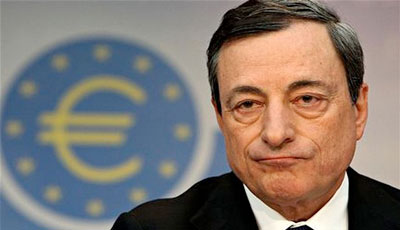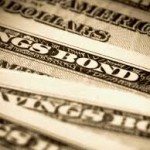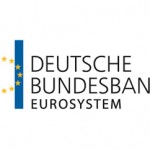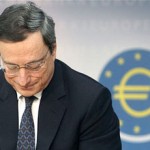Investors Pour Record Amount Into European High-Yield Bond Funds

Over €1 billion Moved Into European High-Yield Bond Funds in Week Ending Jan. 28.
Mario Draghi plans to get Europe’s economy up and running, but he has also sent investors stampeding into riskier corners of the region’s bond market.
Investors poured a record amount of cash into high-yield bond funds after the European Central Bank chief announced a massive bond-buying program, known as quantitative easing, on Jan. 22, according to data from J.P. Morgan Chase & Co.
Over €1 billion flooded into European high-yield bond funds in the week ending Jan. 28. That is the largest weekly inflow since J.P. Morgan began recording data in 2011 and dwarfs median weekly inflows of €95 million over the past four years.
The shift into European high-yield debt also marks a turnaround from December, when €516 million drained from high-yield funds due to concerns over stalling European growth and a broader market selloff driven by sinking oil prices.
The ECB’s massive program of bond purchases, due to start in March, will squeeze yields on higher-rated debt and means the returns offered by bonds belonging to some of Europe’s lower-rated companies are more appealing, said Chris Iggo, head of fixed income for Europe and Asia at AXA Investment Managers, which handles €607 billion in assets.
“The mechanics of QE pushes investors from low-yielding government bonds to investment-grade corporate bonds, and even further into high-yield,” he said.
European high-yield bonds have an average yield of 4.2%, according to the Markit iBoxx euro high-yield nonfinancial bond index. This compares with 1.2% for investment-grade bonds.
Investors assign investment-grade status to any bonds rated BBB or above by agencies such as Standard & Poor’s and Moody’s . Anything falling below this threshold is considered to be high-yield.
Andrew Wilmont, a portfolio manager at Neuberger Berman, which manages $250 billion in assets, said QE is positive for companies whose bonds are noninvestment grade because it will help them to refinance their debt more cheaply.
“The global search for yield should prompt some investors to move down the credit quality spectrum into the noninvestment grade market,” he said.
Not all investors are in a rush to add exposure to Europe’s high-yield bond market.
Stephan Ertz, head of corporate bonds at Union Investment, which manages €225 billion in assets, said he hasn’t added much in his dedicated high-yield funds recently. Some parts of the market feel “a bit expensive” at current levels, he said.
Companies issued a record €72 billion of high-yield debt in Europe last year, up from €70 billion in 2013, according to a report from Skadden, Arps, Slate, Meagher & Flom LLP.
“The market for 2015 appears promising,” Skadden said. “We expect issuers with outstanding debt to continue to take advantage of low yields to refinance their debt so long as market conditions remain strong.”
Some investors are becoming cautious on Europe’s rapidly growing high-yield market, particularly after some high-profile blowups last year, said Mitch Reznick, co-head of credit at Hermes Investment Management.
“There are a lot of new names that people don’t know a lot about,” he said.
Source: wsj – Investors Pour Record Amount Into European High-Yield Bond Funds





























